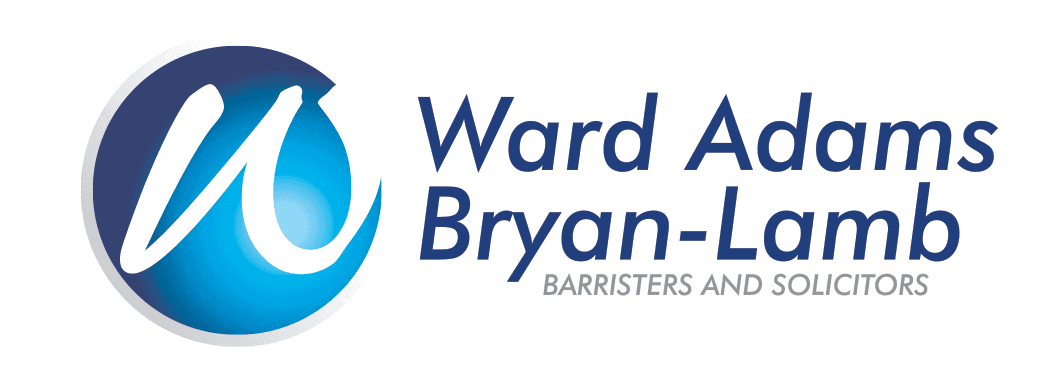TRUSTS ACT 2019

The New Act which came into effect from 30 January 2021 is intended to update
the old 1956 Act and is aimed both at making trust law more accessible to both
lawyers and the public, and ensuring that beneficiaries have enough information
so that the terms of the Trust are being carried out properly with the
beneficiaries being able to hold the Trustees to account for what they do.
What are some of the major changes?
Trustees
Duties of Trustees have now been added into the legislation. Most of these duties existed before the new Trusts Act, they had developed over the years through texts and case law but the new Act brings them all together.
The new Act separates Trustees’ duties into two types.
- Mandatory duties are compulsory and cannot be changed or modified in a Trust Deed.
- Default duties may be varied or excluded in the Trust Deed to the extent each is permitted under the legislation.
Mandatory Trustee Duties (ss23-27)
- Know the terms of the Trust
- Duty to act in accordance with the terms of the Trust
- Duty to act honestly and in good faith
- Duty to act for the benefit of Beneficiaries of the further permitted purpose of the Trust
- Duty to exercise power for a proper purpose
Default Trustee Duties (ss29-38)
- General duty of care
- Duty to invest prudently
- Duty not to exercise power for own benefit
- Duty to consider exercise of power
- Duty not to bind or commit Trustees to future exercise of discretion
- Duty to avoid conflict of interest
- Duty to act impartially
- Duty not to profit
- Duty to act for no reward
- Duty to act unanimously
When contracting out of default duties Lawyers have a statutory duty to take reasonable steps to ensure that the Settlor understands the meaning and effect of the changes made to the default duties, as well as any limitation or indemnity clause that is included in the Trust Deed.
In addition to duties, all Trustees are also required to retain core Trust documents, including documents setting out the terms of the Trust or varying those Terms. At least one Trustee should also have records of the Trust property appropriate to the value and complexity of that property, records of Trustee decisions, contracts, accounting and financial statements, appointment, removal and discharge documents, memorandum of wishes by the Settlor, and other documents necessary for the administration of the Trust.
Beneficiaries
Trustees are required to provide Beneficiaries with basic Trust information, as early as possible, after the Trust has been set up (or for existing Trusts prior to 30 January 2021).
Basic Trust Information means:
- the fact that the person is a Beneficiary under a Trust;
- the names and contact details of the Trustees and each time there is a change to who the Trustees are they should also be notified of this change as it occurs; and
- the right of the Beneficiary to request a copy of the terms of the Trust and Trust information
Trust Information is defined in the Act as meaning any information:
- regarding the terms of the Trust, the administration of the Trust, or the Trust property; and
- that is reasonably necessary for the Beneficiary to have to enable the Trust to be enforced.
Note: Trust Information does not include reasons for Trustee’s decisions.
There are also a range of factors provided for in the Act whereby if the Trustees reasonably consider the information should not be disclosed, the Trustees may withhold the information. These reasons can include if the Settlor expressed this as a preference at the time the Trust was set up.
Trustees also have an active duty to consider at reasonable intervals whether they should be making basic trust information available to Beneficiaries so this is likely to form part of the agenda for an Annual Trustees’ Meeting.
Other Significant Changes
The current age of majority is 20 and this will change to 18 under the new Act. This will become the new default age that a person can inherit (unless a specific age is stated) or become a Trustee.
The new Act also extends the length of time that a trust can last for from 80 years (formerly called the perpetuity period) to 125 years (now called maximum duration). This will be the maximum default lifetime of a trust, unless a specific period is stated in the Trust Deed.
There are also change to the grounds on which the court may review Trustees’ decisions .
The process for appointment and removal of Trustees has been modernised and broadened to minimise the need to have to apply to the Court. The Act also confirms that a person with a power of appointment or removal must exercise it honestly, and in good faith, and for proper purpose.
INITIAL QUESTIONS TO CONSIDER
1. What is the current status of the Trust? Is it active? Is it currently being administered properly?
2. What were your reasons for establishing your Trust? Does that reason still exist?
3. What assets and liabilities does the Trust have?
4. Are you happy to have Trust Information shared with Beneficiaries?
5. If you’re a Trustee do you know what is expected of you and are you willing and able to carry out increased obligations?
6. Will your Trust still be cost effective with the extra Trust compliance requirements?
7. What are your possible options for the future of your Trust?
- Option One – review Trust, make sure everything is compliant
- Option Two
–
wind up Trust if it is no longer required
- Option Three – if you have valid reasons to have a Trust but your Trust Deed doesn’t suit under the new Act then, if you can, vary your Trust Deed to reduce or change Beneficiaries (if you can) or if you can’t vary your Trust Deed to suit, consider a resettlement on to a new Trust.











